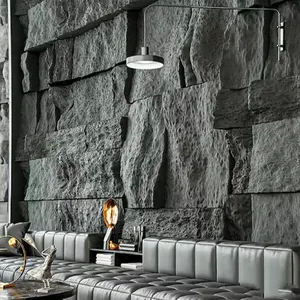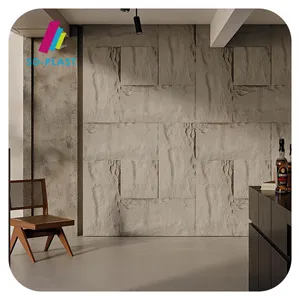Rock climbing walls, also known as indoor climbing walls or rock walls, are artificial structures engineered to simulate outdoor rock climbing in an indoor or controlled environment.
Benefits of rock climbing walls
The introduction of rock climbing walls has revolutionized the sport of climbing, providing accessible and safe environments for individuals to engage in this physically and mentally challenging activity. One of the critical benefits of indoor rock climbing walls is the physical fitness and strength they promote. Rock wall climbing engages multiple muscle groups throughout the body, including the arms, legs, back, and core, contributing to improved strength, endurance, and flexibility. The dynamic and varied climbing movements also help enhance overall physical conditioning, coordination, and agility.
In addition to physical fitness, indoor rock walls offer mental and emotional benefits. Climbing requires problem-solving skills, focus, and determination, as participants analyze routes, plan movements, and overcome physical and mental obstacles. This aspect of climbing promotes mental clarity, concentration, and a sense of accomplishment as climbers progress and achieve their goals. Furthermore, the experience of overcoming challenges and facing fears while climbing can instill confidence, resilience, and a positive mindset, making rock climbing walls a valuable activity for personal growth and self-improvement.
The interactive climbing wall also provides a platform for social interaction and community building. Climbing facilities often serve as places for individuals to meet, connect, and share their passion for the sport. The supportive environment, camaraderie, and sense of belonging within the climbing community can foster friendships and teamwork, creating a positive and inclusive social outlet for climbers of all backgrounds.
Furthermore, artificial rock walls cater to individuals of different skill levels and experiences, making them accessible to a wide and diverse audience. Beginner-friendly walls provide opportunities for newcomers to learn the basics of climbing in a safe and supervised setting. In contrast, more advanced walls offer challenges and technical features to accommodate experienced climbers seeking to test their skills and push their limits.
Types of rock climbing walls
One common type is the bouldering walls, characterized by shorter heights and thicker crash mats at the base, designed for climbing without ropes or harnesses. Bouldering walls often feature intricate and demanding routes, focusing on dynamic movement and problem-solving skills, making them popular for solo or social climbing sessions.
Top-rope walls are another prevalent type of rock climbing wall, featuring higher heights with anchored ropes running through fixed points at the top of the wall. Climbers are secured to a harness and belaying system, enabling them to ascend the wall with the support of a belayer below.
Lead climbing walls are designed for more experienced climbers and feature routes that require climbers to clip their ropes into quickdraws as they ascend. This style of climbing offers a greater degree of freedom and challenge, as climbers must manage their rope while navigating the wall, making it an ideal option for individuals seeking advanced technical and physical challenges.
Additionally, speed climbing walls are a specialized type of rock climbing wall designed for competitive speed climbing. These walls feature standardized routes with predetermined handholds and footholds, allowing participants to race against the clock in a thrilling and high-energy format.










































 浙公网安备 33010002000092号
浙公网安备 33010002000092号 浙B2-20120091-4
浙B2-20120091-4